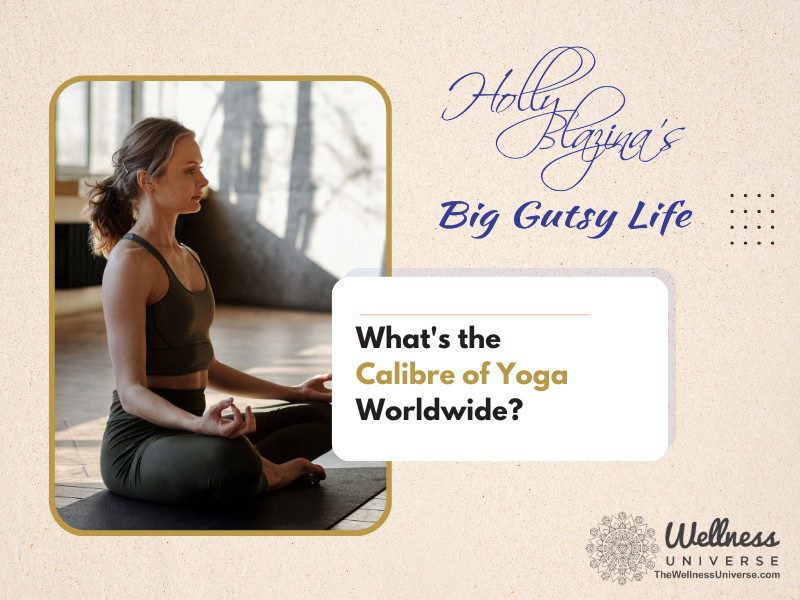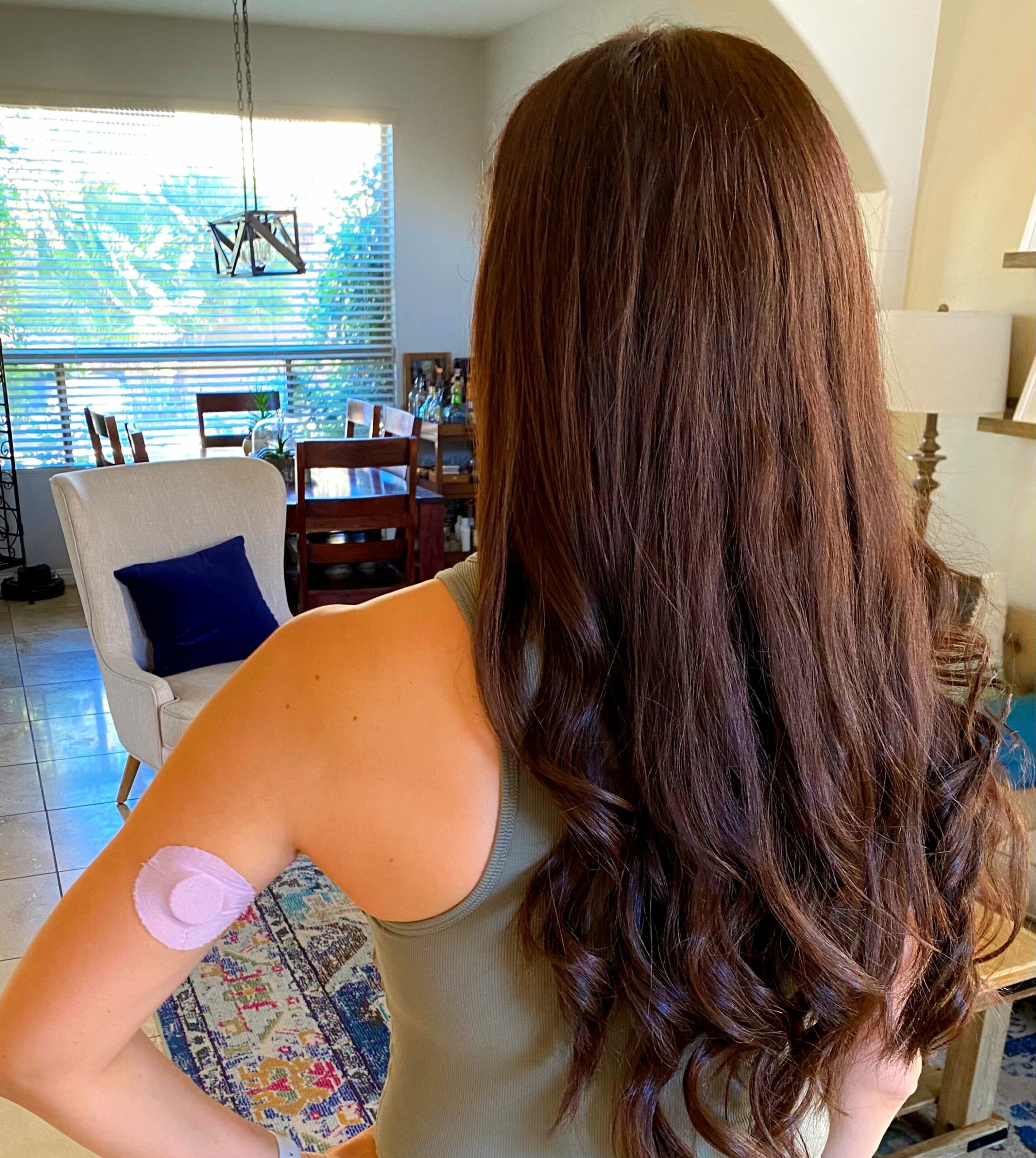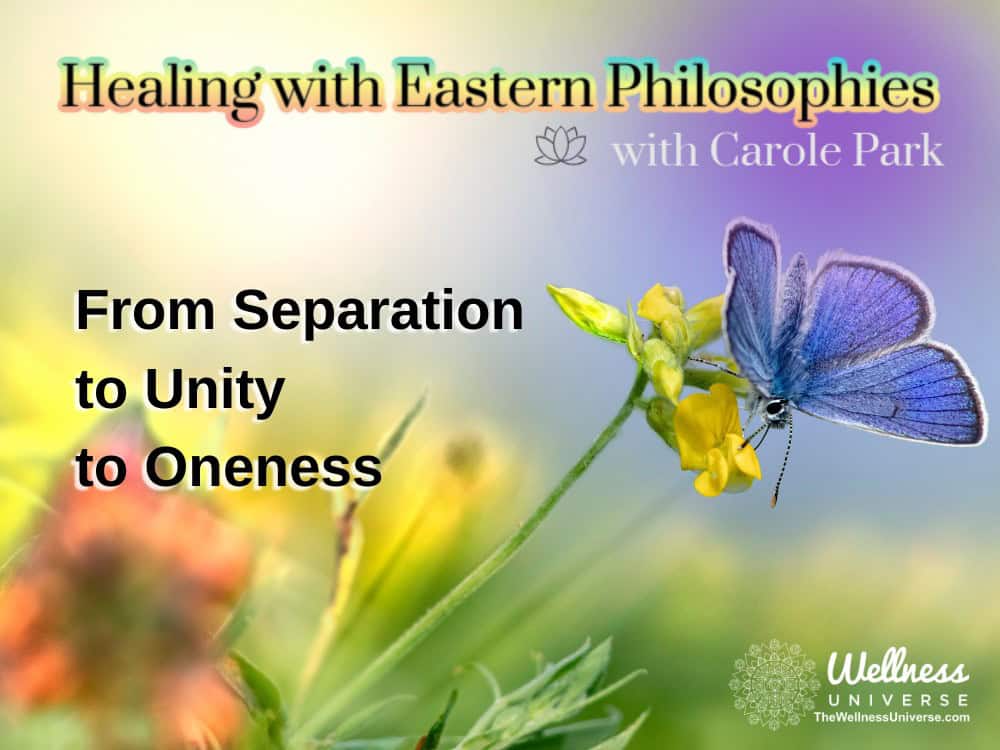Recently, I went down a rabbit hole on Dr. David Hawkins’ scale of human consciousness. He talks about it in his book, Power vs Force. I wrote this article, then asked ChatGPT for Hawkins calibrations for what I’ve outlined below.
If you’re a yoga instructor, this piece can serve as a guide on how to raise the calibre of your teaching easily. If you’re a student practitioner, it’ll help you discern where to invest in your growth.
Let’s start here. The traditional Yoga system, with its intent to foster enlightenment, calibrates at ~970.
Not surprisingly, the current state of yoga worldwide calibrates much lower, at ~420. Those in the Yoga industry aren’t surprised at the difference. This state of affairs has generated ongoing conversation for decades.
Yet, quantifying it is a powerful reminder of the importance of integrity.
In cases, instructor training is minimal. These teachers are not prepared to teach the poses to real people with common challenges. In my experience, many teach based on their own bodies, not to those in front of them.
A dancer friend of mine once took a single 40-hour weekend workshop. She was then encouraged to teach! When a student with frozen shoulder came to her class, she had no idea what to recommend. In that moment, she recognized she needed more education.
In some cases, the teachings are so watered down that even instructors don’t know what the true essence of yoga is. How can they offer it for their students when they’re uninformed themselves?
Did you know, the Yoga system has 8 ‘Limbs’ or components? The physical postures are only one of them. The others include ethics, traditional breath work, and several levels of meditation. The promise of the system, if used well, is nothing short of enlightenment.
Listen to and Accept Your Body, as it is Right Now.
Difficult emotions are on the low end of the Hawkins scale of human consciousness. They include feelings like fear, shame, anger, vanity, competition, and distraction.
Unfortunately, yoga marketing and practice often appeal to those very qualities.
One of my students commented, “I never used to like yoga. The teachers are pretzels, and most of the students are pretzels. I felt ashamed that my body couldn’t move that way.”
Instructors need to be active in fostering self-acceptance. After all, non-harming is the first of the Yogic precepts, and it starts with oneself. Instead, many instructors unwittingly incite comparison and competition as an error of omission.
Many instructors have no idea what it feels like to be physically restricted. I recall being told in a class once that I should push myself more. What the instructor didn’t realize was, I was so accustomed to extreme nerve pain that I was afraid. By practicing yoga in a way that respected my entire body-mind, this eventually healed. Sadly, I had to experience several injuries before I learned to honour my own process.
Yet, isn’t part of marketing about offering a fish, instead of teaching people to fish? Those who are keen will always come back for more if the instruction has real depth to it.
Environment
There are also issues with the physical environments where yoga is taught. I’ve taught at gyms where the space was noisy and cold, with no separation from other activities. Classes held in this kind of environment calibrate at a lower frequency. This limits the potential for real transformation.
Chat says physical yoga that’s taught in a gym only calibrates at ~190 – 280. In a studio, it’s a bit better, at ~250 – 360.
Deep Relaxation
One of the most important aspects of a good yoga practice is savasana, or corpse pose. This deep relaxation provides an opportunity to integrate the practice at the end. Yoga practice is powerful, but deep relaxation is what makes the changes stick.
Some classes hardly include relaxation, if at all. Five minutes isn’t enough for a full-length class. The instructor should at least lead students into a guided practice, and must stay in the room. If the instructor is distracted, the class will be too.
Even in classes that focus mainly on physical postures, a good teacher should be able to meet a wide range of needs. Having the ability to modify poses to suit individual experience is essential. It’s never about the way the pose looks, but about the flow of energy through the body.
It’s also critical to be well-versed in which poses are inherently risky, and how to mitigate that risk. Classes where students regularly injure themselves calibrate poorly. Participants often don’t report injuries, so instructors need to be perceptive.
Breath Work
Breath work, too, is often taught in isolation. There’s no question, breath work is powerful and transformative. But it can also bring up too much emotional content and can cause re-traumatization. Without proper preparation or integration, students can be left overwhelmed and ungrounded. Of course, this depends on the integrity and intent of the instructor. Breath work journeys of this kind calibrate at ~190 – 350.
Skilled teachers recognize the long tradition of yogic breath work. They approach practice with balance and respect, ensuring students leave well-integrated. Breath work that’s taught as part of the yoga system calibrates ~400 – 600+.
Use of Sound
Sound is often part of our multitasking, cultural cacophony. Music performed live on acoustic instruments calibrates higher than recorded or amplified music. Sound has the potential to either heal or cause disease. Music performed with sacred intent by a spiritual adept calibrates much higher.
Used well, music can support transformation in a yoga setting. But the way it’s used often distracts students and pulls them out of the present moment. Music that’s AI-generated doesn’t raise anyone’s consciousness. In fact, it drags it down.
According to Chat, AI sound that imitates sacred vocal chants calibrates at 150 or less. The calibration can increase somewhat if human consciousness is included.
Gongs and bells can be jarring gimmicks, if not used with intention. Practitioners need to recognize them as the sacred objects they are. And play them accordingly, with reverence. Because it matters!
What Makes a Yoga Class Effective?
The following list is for instructors. If you’re a student, you’ll notice a big difference in your experience when these are present. Even if you can’t see them!
13 Qualities of a high-calibrating yoga class:
- The instructor walks their talk. They know their offering is sacred. They know they teach everything they embody, including what they haven’t yet embodied. They’re deeply committed to their own growth. ChatGPT calibrates this quality between 500 – 750.
- A clear intention on the part of the instructor to assist in raising consciousness. Prepare the space energetically. Ask to be Divinely guided in offering the highest practice for whoever is present. ChatGPT calibrates this quality between 600 – 800.
- Like-minded students who share and honour the intention above. Often, when people are out of balance, they choose a style of practice that leads to further imbalance. Ensure that the marketing is attracting students for the right reasons. This calibrates between 400 – 600.
- Set boundaries around students arriving late or leaving early. Either don’t allow it, or encourage them to do so mindfully, to minimize disruption. This calibrates between 350 – 500.
- Live musicians on acoustic instruments, playing with devotion. Or high-quality recordings done in the same way. Play chimes or gongs gently. This calibrates between 350 – 600+. It’s also fine to leave music out if you don’t have access to the best quality. The intentional and resonant use of silence calibrates 600-700!
- Set intentions together at the beginning of class. Invite students to check in with themselves and notice what they need. This could be on any of the physical, mental, emotional, or spiritual levels. ChatGPT calibrates this between 400 – 550.
- Connecting the group with some toning (such as OM). Some cues to breath together can also harmonize consciousness during the class. This calibrates between 450 – 650.
- Emphasis on diaphragmatic breathing, reinforcing it in every class. Additional breath work is at the level of the students, followed by integration. This calibrates between 500 – 700.
- Honouring the fullness of the yoga tradition, even in a physical class. Whether through breath, stillness, mantra, or the awareness of yoga beyond poses. This calibrates between 500 – 700.
- Bringing a meditative quality to the movements. “Yoga” means “to yoke.” We’re talking about the body, the breath and the mind coming together. This is what separates Yoga from stretching. ChatGPT calibrates this between 550 – 750.
- Balance between stimulating and calming practices. Instructors need to read the room, because it can be different every class. The instructor’s intention to ask for Divine guidance makes this seamless. This calibrates between 500 – 700.
- A full savasana, in harmony with the class length, offers the deepest integration. In the stillness of the Timeless Now, old patterns dissolve and a new alignment takes root. Transformation flowers, leaving the body refreshed, the mind calm, yet alert. This calibrates between 650 – 750.
- Closing and clearing the space afterwards, once students have left. Don’t leave someone’s unwanted energy lying around like a pair of dirty socks! This calibrates between 400 – 600.
ChatGPT asserts that these qualities easily raise the field of a yoga class to the 600–800 range. The practice aligns with peace, love, and transformation. Without them, classes tend to hover around 200–300. Fitness or stress-relief classes are not truly consciousness-raising.
Beyond the Mat
Yoga isn’t only what happens on the mat; it should carry into daily life. Breath work, mindfulness, mantras, and meditative presence must continue beyond class. Incorporate ‘Yoga bites’ into your day, and your life will change!
Only certain students are willing to do this. Those who do can aspire to raising their consciousness to ~400 – 600+.
Yoga’s Promise
Yoga makes a lot of promises. One thing consistently delivers on is its ability to regulate the nervous system. That’s something most gym workouts can’t do. Exercise moves energy, feels good, and that’s valuable. But yoga goes even further. It creates deep shifts in nervous system stress patterns, and clears accumulated tension. It heals on levels that purely physical modalities cannot.
Naturally, Gutsy Yoga addresses the concerns I’ve listed above. In fact, Chat reports that the program calibrates upwards of ~710+. Of course, I asked about how I could improve it and am working toward making it even better. Once those are included, it’ll calibrate at ~780+.
Gutsy Yoga classes are online with cameras off, so there’s no comparison or competition. I encourage participants not to even compete with themselves! We come together to set intentions at the beginning of each class and reconnect at the end. We also acknowledge all those on the replay, as I can often ‘see’ them.
Students learn to adapt poses for themselves, which builds agency and body awareness. Over time, each person develops a sustainable practice that respects their own needs.
Would you like to give it a try? Begin with my free Nervous System Mastery masterclass.
From there, explore Gutsy Yoga Magic Tickets for a gentle 30-minute practice. If you’d like to know more about my work as a gut-heart-mind-Spirit healer, take a look at my Wellness Universe profile.
Connect with Holly on The Wellness Universe and follow her on Facebook and Instagram.
A Transformational Journey Workshops
Ready for a season of growth, healing, and inspiration?
Dive deep into the very tools and insights shared by our expert authors, in The Wellness Universe Guide to Complete Self-Care, 25 Tools for Transformation! Brought to life in engaging, interactive workshops designed to empower and inspire you. Each author leads a workshop built around the
unique strategies they’ve contributed to this book, giving you firsthand
access to the wisdom behind the pages.
The workshops are in full swing – catch them live while you can!
Register here: https://bit.ly/ATJWorkshops
#1 BEST SELLER AVAILABLE NOW!
The Wellness Universe Guide to Complete Self-Care, 25 Tools for Transformation
Transformation starts here.
The Wellness Universe Guide to Complete Self-Care: 25 Tools for Transformation officially launched July 8, 2025! Inside, 35+ heart-led experts share real stories and powerful self-care tools to support your healing, resilience, and personal growth. Whether you’re navigating change or ready to rise to your next level, this book offers practical guidance and soul-deep inspiration to help you thrive.
Be part of the movement. Let’s create a more well world—together.
For a limited time, get your copy at this special launch price. Purchase your eBook now or paperback!
Holly Blazina’s Gutsy Type Method is an alchemy of the Yoga and Ayurveda traditions, Embodied Vision Coaching, and her work as an author, flamenco guitarist, composer and recording artist. She helps empaths solve their gut issues, amplifying their personal power in service of their life’s purpose.
Post Views: 45
Publisher: Source link





